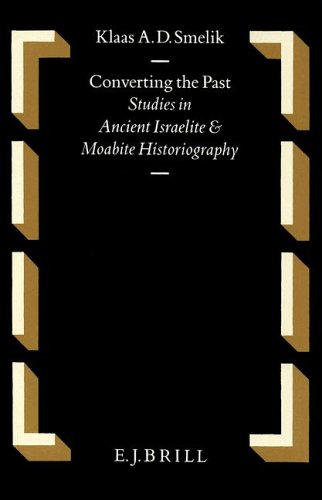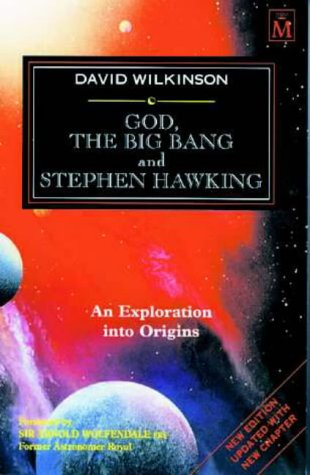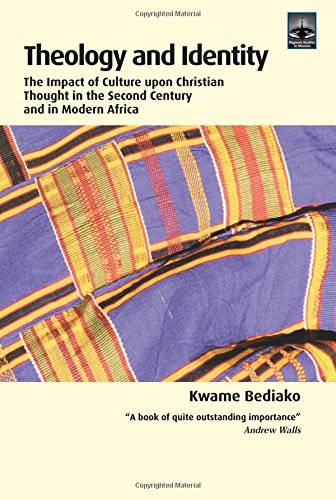An Examination of Kingship and Messianic Expectation in Isaiah 1–35
Written by Paul D. Wegner Reviewed By Daniel SchiblerThough nowhere stated, this book looks and reads like a doctoral dissertation! It will be reviewed, however, with the presumed majority of readers of this journal in mind, viz. theological students.
Written under the guidance of R.E. Clements, Wegner uses up almost 400 pages (some 70 of which for bibliography and name index) to make one basic point with regard to four passages in Isaiah: How did Isaiah 7:10–17; 8:22–9:6; 11:1–11 and 32:1–8 ‘provide the foundation and background for the later concept of Messiah’ (p. 2, emphasis mine). By later he means later than Isaiah himself but, unlike others (e.g. Mowinkel and Becker), he insists on the fact that for him the roots of messianic expectation were already present in Isaiah’s time (roughly at the end of the eighth and beginning of the seventh centuries bc). So there was an early concept with its basic elements and a later, much more complicated development of it. This second major point is what Wegner intends to demonstrate.
How does he go about his task? He finds the ‘suitable exegetical method’ in relecture (p. 303). He seems to be enamoured with this French term which, in the eyes of this reviewer at least, stands for nothing more than vintage ‘Redaction Criticism’ (in capitals, p. 304). What this reviewer failed to see is how the concept as such has supposedly not been examined so far in Isaianic studies. To him the term and the concept are well-worn in biblical studies, at least in French works. One should bear in mind, of course, that ‘relecture’ or re-reading is not to be taken literally, in terms of mere reading a text over again. No, it actually means adding to what one reads, mostly for the purpose of updating (or of ‘actualization’, to use additional rather French-sounding terminology). Now anybody familiar with biblical criticism knows that the basic tenet of redaction criticism is that biblical texts by and large are composite, i.e. they were, at the beginning, not the way they are now but grew by accretions through time. This, in essence, is what a champion of ‘relecture’ like Vermeylen means. He happens to be the author of two thick volumes on Isaiah (1977/8). One wonders, then, why Wegner states that the concept as such has not been examined so far, unless, perhaps, he refers to Isaianic studies in the English language.
Here, in short, are his conclusions, all four texts having a similar pattern to them:
(a) God will use Assyria to punish Israel for her unbelief and to purge the wicked ones from the nation (Is. 7:17–19; 8:19–22b; 10:5f.; 31:4);
(b) a remnant of righteous ones will be saved and delivered from the Assyrians (8:8, 12–14a; 8:22–9:2; 10:21f.; 31:1–6);
(c) God will raise up a righteous deliverer to lead Israel in victory over Assyria ([possibly 7:14–16]; 9:1–6; 10:15–19, 33f.; 11:1–5; 31:5, 8f.; 32:1);
(d) this deliverer will establish a kingdom characterized by peace and justice (9:5f.; 11:1–9; 32:1–8).
Wegner does not claim to know who arranged these passages in that way. ‘But it appears that if it was not Isaiah then much authentic Isaianic material was used within the pattern.’ However, ‘it appears that the so-called messianic passages have been shaped in such a way so as to portray a specific picture of messianic expectation’ (p. 305f.). This reviewer for one, however, looked in vain for that specific picture. All Wegner claims is that it was developed later and ‘appears to be more complicated’ than others acknowledge. Strangely enough, then it is in the conclusion that a lengthy excursus follows on the various traditions that could have led to the rise of the concept of an ‘Ideal Deliverer/Ruler’. Wegner discusses ‘Royal Ideology’ (2 Sa. 7), the ‘remnant’, Zion’s inviolability, and Sennacherib’s invasion of Judah (2 Ki. 18–20), but never states whether it was one or several of these that would lead to that specific picture.
Daniel Schibler
Basel







